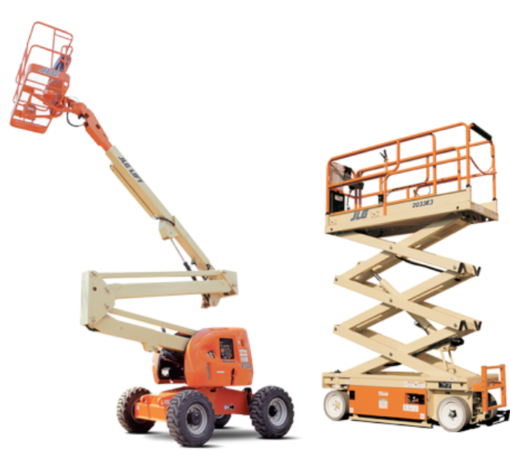Essential Safety Tips When Using a Work Platform or Scissor Lift
Work platforms and scissor lifts are essential tools for various industries, from construction and warehousing to maintenance and installation. They provide workers with safe, elevated access to perform tasks efficiently. However, improper use can lead to serious accidents, injuries, or even fatalities. Whether you’re an experienced operator or new to using aerial lifts, following essential safety precautions is critical to ensuring a secure work environment.
1. Conduct a Pre-Use Inspection
Before operating any work platform or scissor lift, always conduct a thorough inspection to identify potential hazards. This includes checking:
-
Structural integrity – Look for cracks, dents, or other visible damage.
-
Hydraulic and electrical components – Ensure there are no leaks, frayed wires, or malfunctioning controls.
-
Safety features – Confirm that guardrails, brakes, and emergency stop buttons are in working condition.
-
Tires and ground conditions – Make sure the platform is stable and the surface can support the lift.
A simple pre-use inspection can prevent many accidents and ensure the equipment is functioning properly before use.
2. Wear the Right Safety Gear
Personal protective equipment (PPE) is crucial when working at heights. Make sure to wear:
-
A properly fitted harness – Attach it to an approved anchor point when required.
-
A hard hat – Protects against falling objects or head bumps.
-
Non-slip footwear – Helps maintain stability on the platform.
-
Gloves and safety goggles – Essential for handling tools and preventing injuries.
Proper PPE can make the difference between a safe workday and a preventable injury.
3. Understand Load Capacity Limits
Every work platform and scissor lift has a weight limit, which includes the combined weight of gebrauchte arbeitsbühne ers, tools, and materials. Exceeding this limit can:
-
Cause the lift to tip over.
-
Damage the lifting mechanism.
-
Compromise the stability of the platform.
Always check the manufacturer’s specifications and avoid overloading the lift.
4. Use the Lift on Stable Ground
Before raising the platform, ensure that it is positioned on a firm, level surface. Avoid using scissor lifts on:
-
Soft or uneven terrain.
-
Slopes or ramps.
-
Areas with potential obstructions.
If necessary, use stabilizers or outriggers to enhance balance and prevent tipping.
5. Avoid Using Lifts in Bad Weather
Outdoor work platforms should not be operated in extreme weather conditions. Strong winds, rain, or snow can make lifts unstable and unsafe. Always check weather forecasts before scheduling outdoor work and postpone operations if conditions become hazardous.
6. Keep the Platform Clear and Organized
A cluttered platform increases the risk of trips and falls. Maintain a tidy workspace by:
-
Securing loose tools and materials.
-
Keeping walkways clear of obstacles.
-
Avoiding excessive movement while elevated.
A well-organized platform reduces distractions and ensures a safer working environment.
7. Follow Proper Operating Procedures
Every operator should be properly trained on how to safely use a work platform or scissor lift. Key operating procedures include:
-
Using slow, controlled movements – Avoid sudden jerks that could cause instability.
-
Maintaining a stable center of gravity – Do not lean too far over the edge.
-
Keeping both feet on the platform – Never use railings or ladders to gain extra height.
Adhering to these best practices ensures safer and more effective use of aerial lifts.
8. Be Aware of Overhead Hazards
When working at height, always check for potential hazards above, including:
-
Power lines.
-
Low-hanging beams or structures.
-
Tree branches or obstacles.
Accidentally making contact with an overhead obstruction can cause serious injuries or damage the lift.
9. Never Override Safety Features
Scissor lifts and work platforms come with built-in safety mechanisms for a reason. Avoid disabling alarms, bypassing limit switches, or modifying controls, as these safety features are designed to prevent accidents.
10. Have an Emergency Plan in Place
Despite taking every precaution, emergencies can still happen. Make sure all workers are familiar with:
-
Emergency lowering procedures.
-
How to use the emergency stop button.
-
First-aid and evacuation protocols.
Being prepared can make a critical difference in responding to unexpected situations.
Conclusion
Work platforms and scissor lifts are incredibly useful tools, but they must be used with caution and responsibility. By following these essential safety tips, you can minimize risks, ensure compliance with workplace regulations, and create a safer work environment for everyone.
Always prioritize safety, conduct regular equipment inspections, and ensure that all operators are properly trained. With the right precautions, you can make every lift operation secure and efficient.

